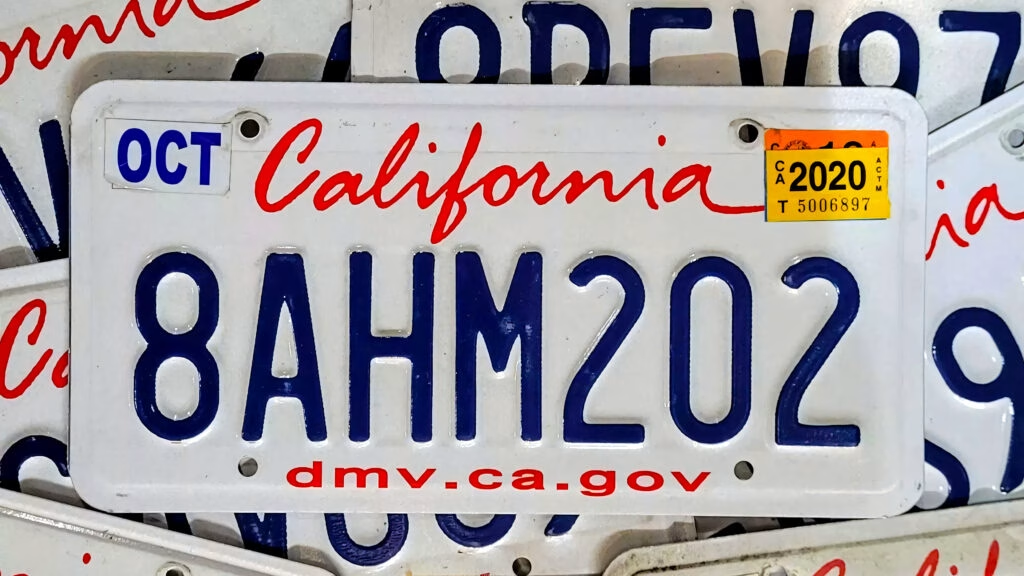California is on the brink of a significant change in its vehicle registration system, as the state nears the end of its current license plate format. For over 45 years, California’s plates have followed a familiar pattern: one number, three letters, and three numbers (like 1ABC234). However, with a surge in car registrations, particularly in early 2025, the California Department of Motor Vehicles (DMV) is running out of available combinations. So, what does this mean for drivers, and how will the state adapt?
### Why Is California Running Out of License Plates?
The DMV has been issuing plates in the range of 9UBA000 to 9UBZ999, and it’s projected that once they reach 9ZZZ999, the current format will be exhausted. This situation has been accelerated by a notable increase in car sales, with over 463,000 vehicles registered in just the first quarter of 2025—an 8.3% increase from the previous year. Many buyers are eager to secure vehicles before potential tax incentives disappear or prices rise due to tariffs.
### What’s the Plan for New Plates?
The DMV is not caught off guard; they anticipated this day would come. A spokesperson confirmed that the current sequence is expected to run out sometime in 2026. The solution? A new format that will be slightly different: “Numeral Numeral Numeral Alpha Alpha Alpha Numeral” (for example, 000AAA0). This change is subtle enough that most drivers likely won’t even notice it.
### Will This Affect All Vehicles?
It’s important to note that this change primarily impacts passenger vehicles. Commercial vehicles, motorcycles, trailers, and specialty categories will continue using their own formats, so they won’t be affected by this transition.
### What Does This Mean for the Future?
Interestingly, the DMV initially predicted that the current plate format would run out this year. However, due to fluctuating sales forecasts, they now believe the switch will happen in early 2026. The California New Car Dealers Association (CNCDA) has indicated that while there was a rush of registrations earlier this year, future sales might dip by about 2.3% for the entire year, potentially slowing down the depletion of plate numbers.
### A Seamless Transition Ahead
While the prospect of a new license plate format might sound dramatic, it’s more of a minor adjustment than a major disruption. The DMV is prepared for this transition, and with the new format being so similar to the existing one, drivers can expect a seamless changeover.
So, while we might not be able to avoid the ever-increasing registration fees, at least we won’t have to worry about running out of license plates anytime soon. The big takeaway? Change isn’t about perfection—it’s about smarter adjustments. Start with one change this week, and you’ll likely spot the difference by month’s end.

